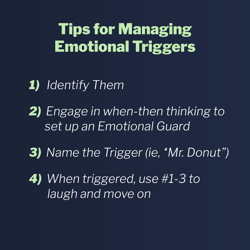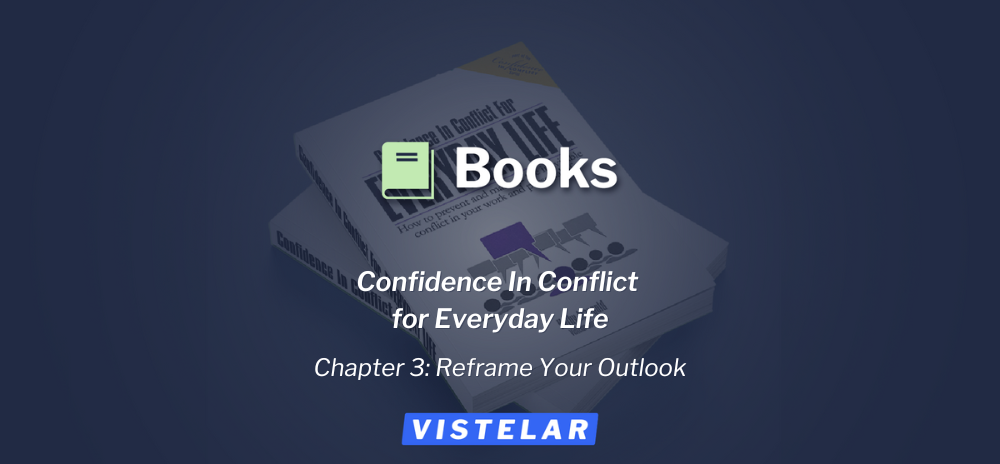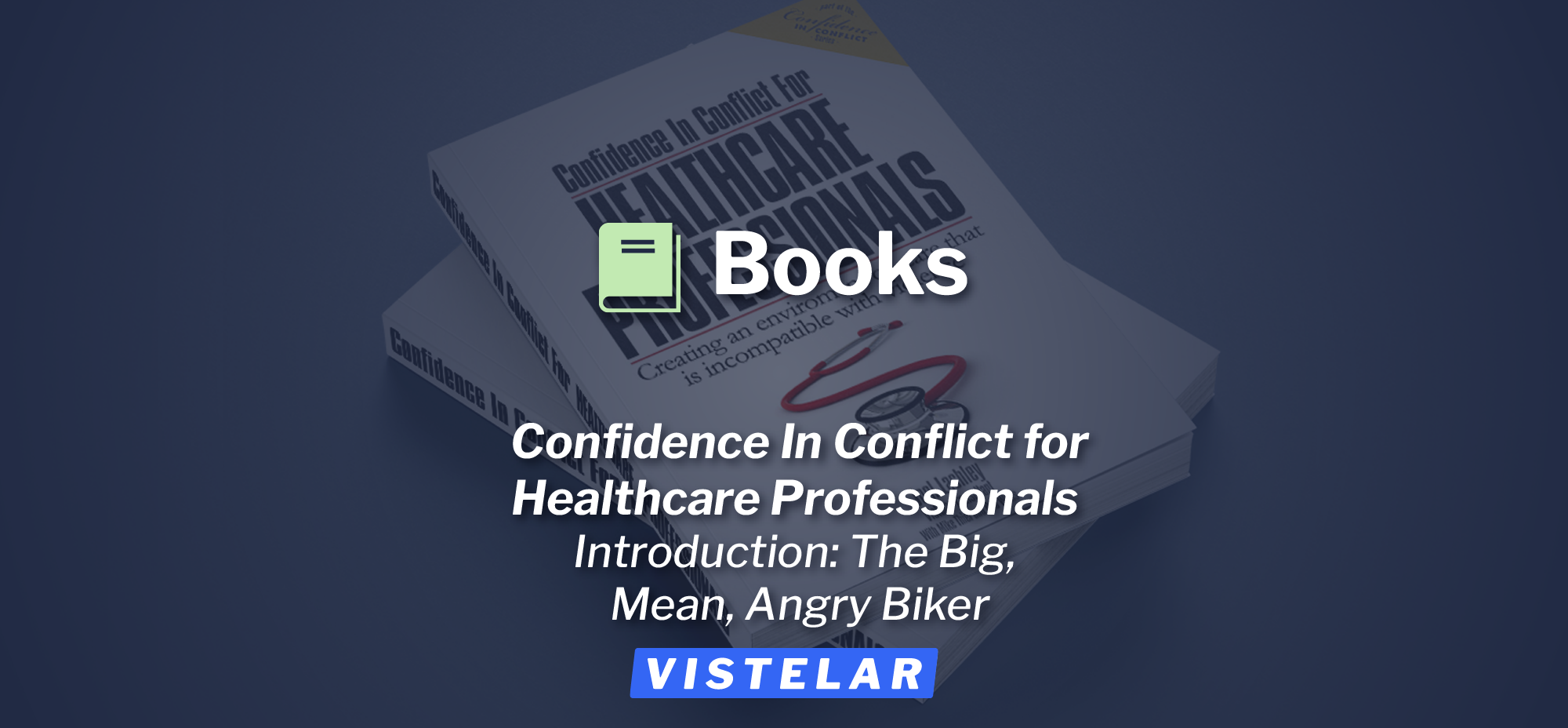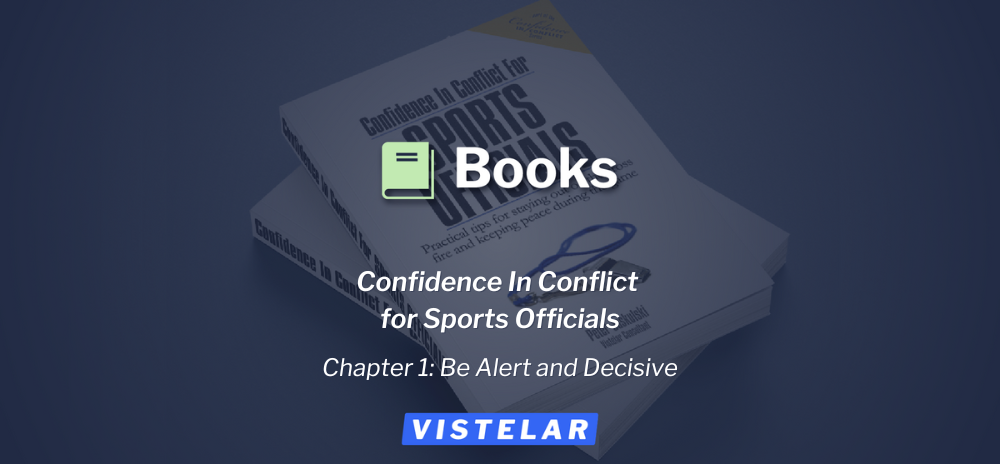Enjoy this excerpt from one of our published books.
Chapter 1
Alter your reality:
How to accept and anticipate conflict
Overview: Fairy tales, Hollywood and Disney hijack our expectations for relationships. The fact is, conflict is present in our everyday lives. In this chapter, you will discover why anticipating and managing your aggravators is the first crucial step in holding your emotions steady. Consider, for a moment, the language sometimes used to describe “perfect” relationships:- Friends are best friends
- True love is a match with your
- Romance culminates in happily ever
The whole idea of conflict is inconsistent with that image of perfection.
Could that be why so many of us hide from conflict or pretend it doesn’t exist?
Respectful resolution is hard to find
Hollywood, Disney and happily-ever-after have done a great disservice to the complexity of our lives.
Not only do we delude ourselves into believing conflict shouldn’t exist, we rarely see examples of how to handle it. There are scarce examples in our world that portray the amicable resolution of disagreement.
Here’s a little challenge for you: look around in today’s world and see if you can find a working model in which a plurality of viewpoints exists and functions in a respectful way.
Does healthy debate take place within politics? Hmm. It seems vicious and unbalanced to me.
What about conflict resolution on TV? The drama involved in relationships portrayed on TV doesn’t reflect my life (thank goodness) and neither do the celebrities who make the cover of People magazine.
Conflict is either nonexistent (thanks, Disney) or blown out of proportion (thanks, Jersey Shore).
You can hardly be surprised that many of us, in our everyday lives, avoid conflict at every turn. Should conflict start to rev up, we don’t possess an instruction manual for turning off the machine.
Quite simply, once conflict is present we don’t know how to make it stop.
Conflict happens. The best defense is preparedness, which you might not have possessed until now.
If you’ve ever said the words …
- How could you say that to me?
- Where did that come from? I thought we were
- Why didn’t you tell me? I deserve to
- What were you thinking? I can’t believe you were so
… then this chapter is for you.
Conflict is inevitable
Conflict is a fact of life. But it’s not something we prepare ourselves for, much less tell our children—at least I didn’t. Until it was too late. Best friends disagree. Couples argue. Co-workers have opposing viewpoints. We understand this on an intellectual level, but it can feel like a sucker-punchsucker punchto the gut when it happens and we’re not prepared. I remember the first time my daughter Maria came home in tears because someone at school called her a name. It smacked her from out of the blue. She’d have been more resilient if I’d known to prepare her for that inevitability—no one gets through life insult-free. But I never took the time to prepare her for that, and being caught unaware was as raw as a slap in the face.
I wish I had sat my Maria down, before that first heartbreaking insult. I would have told her that she’d enter into conflict, even with her very best friends. I would have prepared her for the possibility.
Instead, she came home from second grade, emotional and raw, because she wasn’t expecting that she and a BFF—best friend forever—could fall out of alignment, especially at an age when they’re so desperately trying to fit in.
It was a scary possibility for her, that dissension of any type could lead to a major fallout.
But fortunately for Maria, the odds for resolution improve when we possess the skills to anticipate and handle discord.
LESSON 1 : Think when, not if
Confidence in conflict exists when you approach conflict from the perspective of when, not if.
One word will set your approach miles apart.
Vistelar Advisor Bob “Coach” Lindsey has developed the concept of “when-then thinking” to describe a.png?width=250&name=Vistelar-Blog-Call-Out-Campus-Life%20(2).png) better way for approaching conflict.
better way for approaching conflict.
Having this operating philosophy lets me acknowledge the probability of conflict, and protects me against the potential for disruption.
Such a mindset paves the way toward managing my response. Now I can focus upon managing conflict situations, instead of letting them escalate out of control.
If I raise my daughter, for example, with the expectation that she and her classmates would have an occasional disagreement, she wouldn’t conduct her interactions under the constant fear that discord with a friend would result in total collapse of their relationship.
Even as adults, we will fall out of harmony with our spouse. Our child will push our buttons. We will get smacked in the head with an insult we never expected.
Instead of letting it knock us off balance we can build resiliency— but first, we need to acknowledge that it can happen, right?
How will this end?
If you’re hoping that this book will hold some secret to eliminating conflict from your life, I’m really sorry. That’s impossible.
Think back to my daughter, Maria, who felt her world shatter over her first minor brush with conflict. To this day she still needs gentle reminders that conflict will happen again and again. The potential is always there in the encounters that we find ourselves in.
There is going to be disagreement among those with whom we willingly enter into a relationship (think spouses, lovers, or friends).
Then consider the list of people we are compelled to interact with. That list is even longer: clients, patients, students, customers, rude salesclerks, and perhaps current, ex- and step-relatives.
With anyone you encounter, your loyalty may be questioned, and so might your competency. The things that set you apart—appearance, preferences, values, and passions—can be a source of strife.
The problem won’t go away, but your response can change for the better. We all know people who appear to sail through their days and their lives, unscathed by conflict.
What is it that these people do so well? They know how to prepare themselves in case conflict happens before the rest of us even notice something might be amiss.
Here’s a case in point: when we were developing our anti-bullying curriculum we spent a lot of time deliberating what to name it. Ultimately we chose Manage Bullying, a name I liked then, and I still like now.
Some people didn’t like it though. Manage bullying? Don’t we want to eradicate bullying? Crush it? Blow it out of the water?
Not possible.
Those names miss the point. Bullying has been around forever; it probably happened among cavemen. Aggressors have asserted their power in the past, and will probably attempt to continue forever in the future. But they only succeed when the conditions are ripe.
If you can manage yourself and the situation, you can manage bullying.
There’s no magic bullet, but the power to change is there—and it’s all yours.
The next step requires mastering your emotional reactions.
LESSON 2 : Guarding against anger and emotion
An Emotion Guard is like an invisible shield to protect you from the things that bug you and make you angry or sad.
Having mental control over your feelings lets you prevent any type of emotional excess, including anger and rage, shutting down, withdrawing, or crying.
You can’t let your initial, emotional reaction override your reasoned and rational response. If you let your emotions take over, you’ll look unprofessional at best, or a hot mess at worst.
Building up Emotion Guards is a skill that must be learned—it doesn’t come easily or naturally.
Neurological research has shown that when we are in the midst of stress our bodies experience very real physical changes to our bodies:
-
Our adrenalin flow speeds
-
Our blood pressure
-
Our breathing becomes
-
Our ears shut down (this condition is called auditory exclusion).
-
Our visual focus narrows (this is known as tunnel vision).
-
Our fine motor skills
These physical conditions send panic signals to our brain.
Having the ability to put a shield over our emotions and consciously recognize these physiological messages lets us get control and gain some power over this purely neurological fight-or-flight response.
This is how when-then thinking enters into play. Notice how a when- then mindset changes everything:
“I know it sets me off when someone gets in my face. I need a shield for those situations.”
When you set up a reality-based framework—when something happens then I have a response—it’s easy to visualize and set up a course of action.
Your first steps in building a solid foundation require that you remove yourself from the wishful netherworld of “it won’t happen to me...”
LESSON 3 : Own your triggers
Knowledge is power. This is especially true when we are talking about self-discovery.
If I asked you to write down a list of things that cause your stress level to skyrocket, the list would be long and ugly. But there’s value in taking an inventory here.
If you were to list these triggers on paper, you might find that they fall into certain categories (e.g., comments about your appearance, age, speech patterns) Having these tidy little classifications provides a measure of comfort. It gives you the opportunity to anticipate the things that had previously seemed to be smacking you from your blind side.
Here’s an analogy. Having the ability to classify a problem reminds me of when I’d take my sick toddlers to the doctor. I could tell my child was in pain but, until they were able to speak, I had no idea why.
Visiting the doctor, having some tests, and coming away with a clear diagnosis always gave me peace of mind.
I might not have liked the fact that they were suffering from, say, strep throat. But it was a relief to know that my child’s pain had particular attributes I could understand and address.
The same is true with the triggers that cause us emotional pain. Once the triggers are “diagnosed,” we can control our response to them.
Now let’s illustrate how this works by showing what happens to my friend Bill whenever he encounters the thing that triggers him most… donuts.
Bill meets Mr. Donut
“Hey, want a donut?”
It’s never been a funny question for Bill Singleton, a Milwaukee police officer and one of the masterminds behind the STOP Program (Students Talking it Over with Police), a program based on Vistelar’s teachings. It is designed to break down barriers, demystify the job of law enforcement officers and overcome stereotypes that inhibit police-youth relations.
It’s amazing, Bill says, how often he hears that comment when he is on duty and in uniform. It remains as un-funny and derogatory now as it was the first time he heard it, but there’s nothing he (or any other police officer) can do to make it stop.
The D-word is a trigger for Bill, because it consistently makes him crazy.
But, because Bill has learned to anticipate this trigger, he has the ability to maintain his composure, acknowledge the insult and move on. “When I hear someone talking about cops and donuts I stop and think to myself, ‘Hey, I’m talking to Mr. Donut,’” he said. “Giving this trigger a label lets me laugh at the situation and move on.”
acknowledge the insult and move on. “When I hear someone talking about cops and donuts I stop and think to myself, ‘Hey, I’m talking to Mr. Donut,’” he said. “Giving this trigger a label lets me laugh at the situation and move on.”
Here’s what Bill has learned to do:
- He identified the trigger (he recognizes his weakness: that he’s bothered by the comments about donuts)
- He has engaged in when-then thinking and set up an Emotion Guard (he accepts that such comments won’t go away, so he’s created a response)
- He has given the trigger a name (“Here comes Mr. Donut!”)
- He can laugh and move
Think about what consistently angers you. What if you could stop your emotions from setting you off?
Boy meets trigger
Now that Bill understands his trigger, he can respond in a way that keeps him in control. He understands he could be called this name at any time, and he devised a shield that lets him control his emotions.
Owning your triggers is like unlocking a source of power to accept the things that set you off, to come to terms with them, and to move on. Now let’s consider a famously inappropriate response. Remember the folk song Johnny Cash used to sing about the boy named Sue?
As the song goes, “Some gal would giggle and I’d get red, some guy would laugh and I’d bust his head...”
Poor Sue. The social stigma of having a girl’s name was an unbearable thorn that got re-stuck under his skin every time he heard it.
Until the final showdown with his father, Sue was consistently volatile to his trigger. How much better would his life have been if he could have, right from the start, owned up to his trigger and controlled it?
In the end, Sue finally reconciles with his father. The trajectory of this storyline resonates with anyone who struggles with their own personal issue: Person struggles with trigger. Person enters into conflict based on trigger. Person gains perspective on trigger and moves along with his life.
You can’t get back the angry years when your trigger made you crazy. But you can use Vistelar’s methodologies to move ahead.
Conflict and you: A new attitude
Conflict is everywhere. Therefore it’s not realistic to dive under the desk at the first sign of conflict. Conflict will crawl right under and find you.
Thank goodness you are learning our proven way to deal with conflict head-on.


.png)




